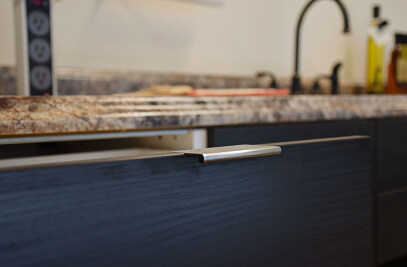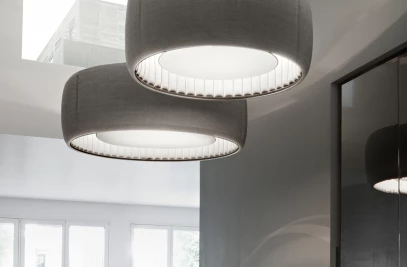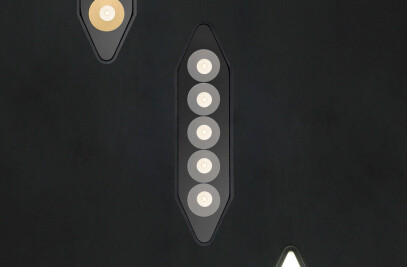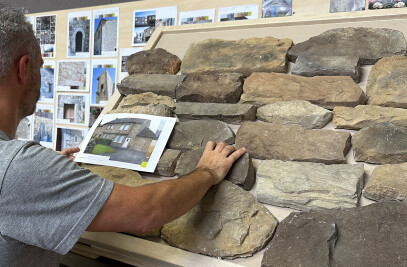Spanning a busy highway in Paso Robles, California, Wonder Bridge by acclaimed architecture firm SPF:a is a striking example of modern engineering and design that seamlessly integrates functionality with aesthetic appeal. This architectural marvel serves as a vital transportation link and stands as a symbol of innovation and artistic expression.
Bisected by a busy highway with only one controlled intersection, the Paso Robles hamlet of Lost Hills was essentially cleaved in half before the construction of the Wonder Bridge. Transited by large trucks, the highway presented a significant barrier to pedestrians looking to cross safely. SPF:a was engaged to design the bridge at a location directly adjacent to Lost Hills Park to the North and a Pre-School and College Prep Academy to the South.
The now-realized Wonder Bridge serves as a critical link within the transportation network, facilitating the movement of people and goods while fostering connectivity between communities. The bridge's pedestrian and bicycle paths encourage sustainable transportation and provide safe, accessible routes for non-motorized traffic. By connecting previously separated areas, Wonder Bridge enhances social and economic interactions, contributing to the overall vitality of the region.
The design of Wonder Bridge is a unique blend of nature and human ingenuity. Inspired by the curl of a lizard's tail and swirling water flow, the bridge's spiral shape allows for a gentle transition and ease of ADA access. The bridge span itself is a 176-foot (54m) cast-in-place concrete structure, slightly modified to accept the green railing/fence armature that transforms from a code-required railing at the base of the bridge to a curved arched geometry; culminating in a heart shape at the center of the bridge symbolizing community and its benefactor.
Wonder Bridge is a testament to advanced engineering. The bridge incorporates high-strength steel and reinforced concrete, ensuring durability and resilience while allowing for a slender, minimalist design. The use of cable-stayed technology provides both structural integrity and visual lightness, giving the bridge an appearance of floating effortlessly over its span.
SFP: leveraged digital modelling and simulation tools to optimize the design and ensure precise construction. Innovation construction techniques, such as prefabrication and modular assembly, have been employed to streamline the building process, reduce waste, and improve efficiency.
Beyond its functional role, Wonder Bridge enhances its location's aesthetic and social fabric. The bridge's design includes integrated lighting that illuminates the structure at night, providing a dynamic and ever-changing visual experience. Public art installations and viewing platforms have been incorporated into the design, inviting pedestrians to engage with the bridge and its surroundings in new and meaningful ways.
In summary, Wonder Bridge addresses current transportation needs and is designed with future growth and development in mind. Its adaptable design allows for potential expansions and modifications, ensuring that it remains a functional and relevant piece of infrastructure for years to come.












































